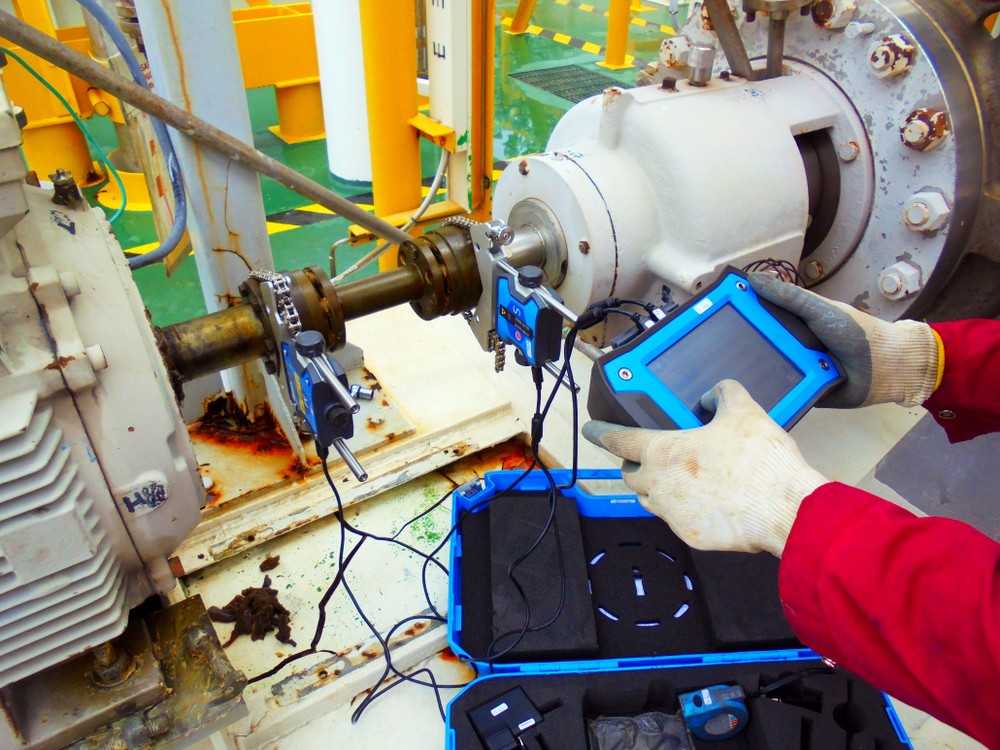Common Causes of Shaft Failure: Tension, Torsion, and Compression

Equipment driveshafts bear the brunt of intense equipment operation. Engineers and equipment managers know that, after years of constant function, the stress can wear on them. Shafts suffer from the effects of tension, torsion, and compression — all of which contribute to several equipment problems. The exertion of these forces on a machine’s driveshaft lead directly to failure — a result machine operators and manufacturers can ill afford.
What is shaft tension?
Tension occurs when an object experiences a pulling force. Think of a pulley system for lifting a heavy object with rope. In this example, the rope experiences tension. The same type of stress can occur in all types of machinery and over time, result in a litany of issues. Excessive tension can result in cracked shafts — which are subject to cyclical stresses and eventual fatigue failures.
Common causes of tension damage include:
- Changing torsional resonant frequency
- Improper shaft couplings
- Corrosive damage weakening the shaft
What is shaft torsion?
An object experiences torsion when twisted. Torque drives rotation, and too much torque is often the main cause of shaft torsion damage. Poorly fitted couplings are common in shaft torsion issues and can cause cracks to start in the sharp corner. Other common issues caused by torsion overload include diagonal shaft cracks and bends. This is especially true in ductile shafts that are rapidly pushed past their load.
Common causes of torsion damage include:
- Overloaded shafts
- Parallel or tangent force
- Sustained operation at excessive RPM

What is shaft compression?
Torsional fatigue stresses are often difficult to identify until after they’ve caused major damage, so they often go unnoticed by technicians. It’s best to look for signs of shaft compression instead as they tend to be more visible. Shaft compression occurs when gear ratios exceed maximum permissible stress parameters. Forces compressing the shaft can cause ductile shafts to bow outward or warp.
Common causes of compression damage include:
- Improper gear ratios
- Stresses due to torsional load
- Corrosive damage weakening the shaft
Recognize the signs of machine shaft failure
There is no escaping the effects of tension, torsion, and compression — especially in older equipment. Proper, proactive maintenance will prolong machinery life, but the best course of action is to recognize the signs of these stressors before they lead to failures and production downtime. Train equipment operators and maintenance technicians to watch for tension, torsion, and compression faults, and prepare to foot the bill for proactive driveshaft replacement when necessary.
